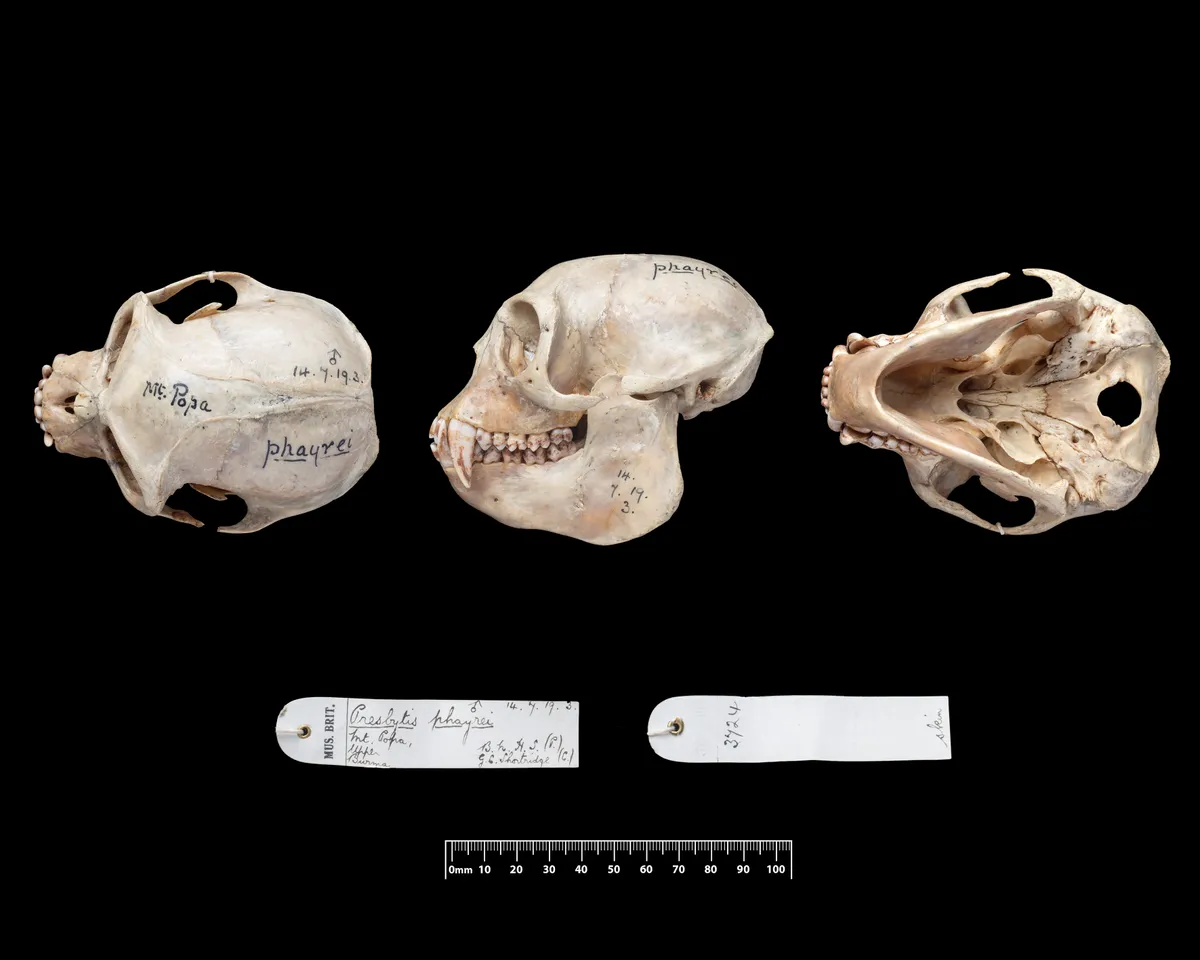Scientists have confirmed the existence of a previously undescribed primate species in Myanmar, following field surveys, genetic analysis, and examination of museum specimens.
Called the Popa langur (Trachypithecus popa), the primate is found in central Myanmar and is named after Mount Popa, an extinct volcano which is considered sacred and is believed to have the largest population of this newly described species, with just over 100 animals.
Mount Popa is a sacred pilgrimage site, home to the ‘Nat’ spirits, as well as an important wildlife sanctuary.
The addition of the Popa langur has expanded the knowledge of langur evolutionary history, a group of primates which is mainly found in Southeast Asia, but also parts of the Sunderland region.
Samples and complete mitochondrial DNA were collected from the 20 known langur species in the Trachypithecus genus.
“It was quite a complex picture to begin with because previous work focused only on a few species at a time,” says Roberto Portela Miguez, senior curator in charge of mammals at the Natural History Museum (NHM) in London. “Having the opportunity to collaborate with such a great group of colleagues from around the globe allowed us to integrate more information from more specimens and deliver one of the most comprehensive studies on this genus to date.”
Part of the study involved examining a langur specimen at the NHM in London, which was collected by the British zoologist Guy C. Shortridge in 1913.

“Whilst there are subtle physical differences, such as fur colouration, tail length, the size of the molars and skull shape, genetic work was key to establish that it was a new species,” explains Miguez.
It is estimated that there are only 200-250 individuals of the Popa langur, across four isolated populations, and the researchers recommend that the species should be listed as Critically Endangered on the IUCN Red List as it faces a number of threats including habitat loss and hunting.
“Sadly this is a bittersweet discovery due to the limited number of individuals left in the wild and fragmented populations,” adds Miguez. “Although Mount Popa is a national park, meaning the species that occur there are legally protected, hunting and deforestation for the timber industry and fuelwood still occur.”
‘The hope is that by giving this species the scientific status and notoriety it merits, there will be even more concerted efforts in protecting this area and the few other remaining populations.”
Main image: Popa langur. © Thaung Win
